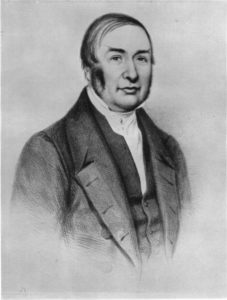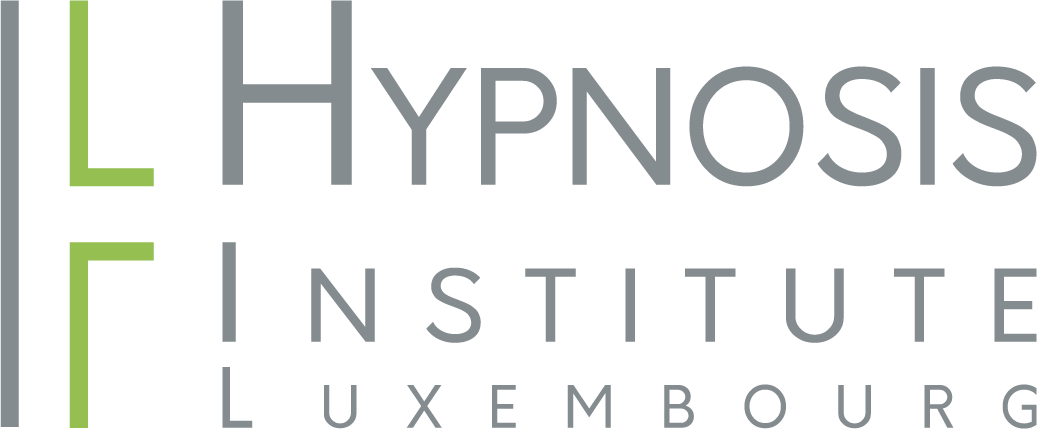James Braid

James Braid (* June 19, 1795 in St. Serf Inch, Kinrossshire, Scotland; † March 25, 1860 in Manchester) was a Scottish surgeon and hypnosis researcher.
Braid became aware of “animal magnetism” in November 1841 through a demonstration by the magnetizer Charles Lafontaine (1803-1892). After further demonstrations by the magnetizer, Braid was convinced that it was a scientifically fathomable phenomenon.
Contrary to what was propagated by magnetizers such as Lafontaine, Braid did not believe in a relationship to physical magnetism. In his investigations and experiments, he succeeded in putting himself into a trance state and reproducing Lafontaine’s magnetization experiment without physical contact. In the same month, in November 1841, he postulated his own new theories about a psychophysiological connection and coined the term neurohypnology (neurohypnotism, based on the Greek word for sleep, hypnos), which he later shortened to neurypnology. Braid also defined his neuro-hypnotism as nervous sleep, which deviated significantly from natural sleep. The modern term hypnosis had already been coined in France in 1820 by Felix d’Hénin du Cuvillers, and Braid also used this word (as hypnosis for somnambulistic sleep) for the sake of brevity. In the original of his book Neurypnology from 1843, there is no mention of the god of sleep Hypnos, contrary to information to the contrary.
Braid rejected the various occult explanations surrounding the phenomenon, but was nevertheless equated in 1842 by the Calvinist preacher Hugh M’Neile with the “satanic”, occult “sorcerers” such as Lafontaine, who practiced the “work of the devil”. This prompted Braid to counter-statements, skeptically received reports to the scientific associations of which he was a member, and the publication of his book on the subject in 1843. In 1844 he gave a highly acclaimed public lecture in Manchester.
Around 1852/53, Braid also tested the experiments of Michael Faraday and William Benjamin Carpenter on the occult practice of table-turning (similar to glass-turning), which for a long time was explained as being caused by spirits, and then by the ectopic power of the séance participants. Braid, on the other hand, confirmed his colleagues’ theories on the ideomotor principle.
At a time when the very first successful experiments were being carried out in medical anesthesia, hypnosis was one of the few methods of pain relief during operations. After his death in 1860, he was hardly noticed in Great Britain, but his ideas were taken up in France. Shortly before his death, Braid had sent his French colleague Étienne Eugène Azam a now lost manuscript on hypnotism, which he used as hypnotism (for the old mesmerism).
